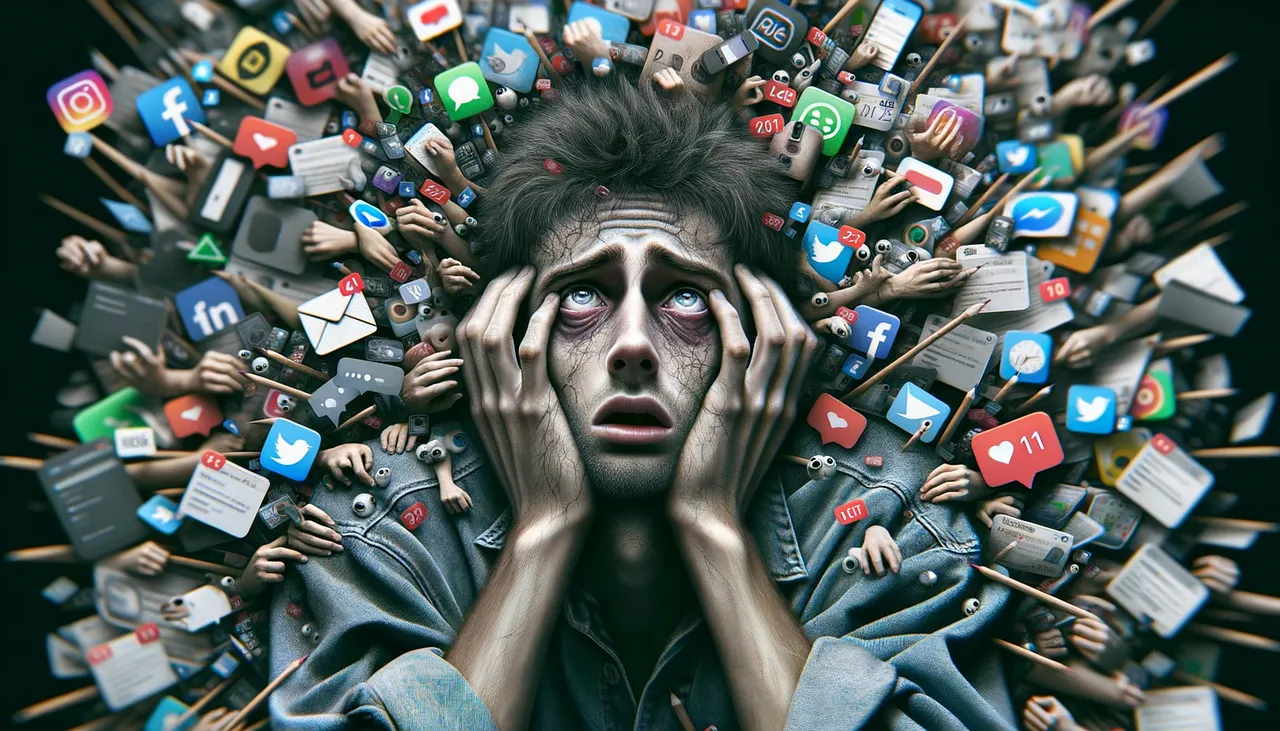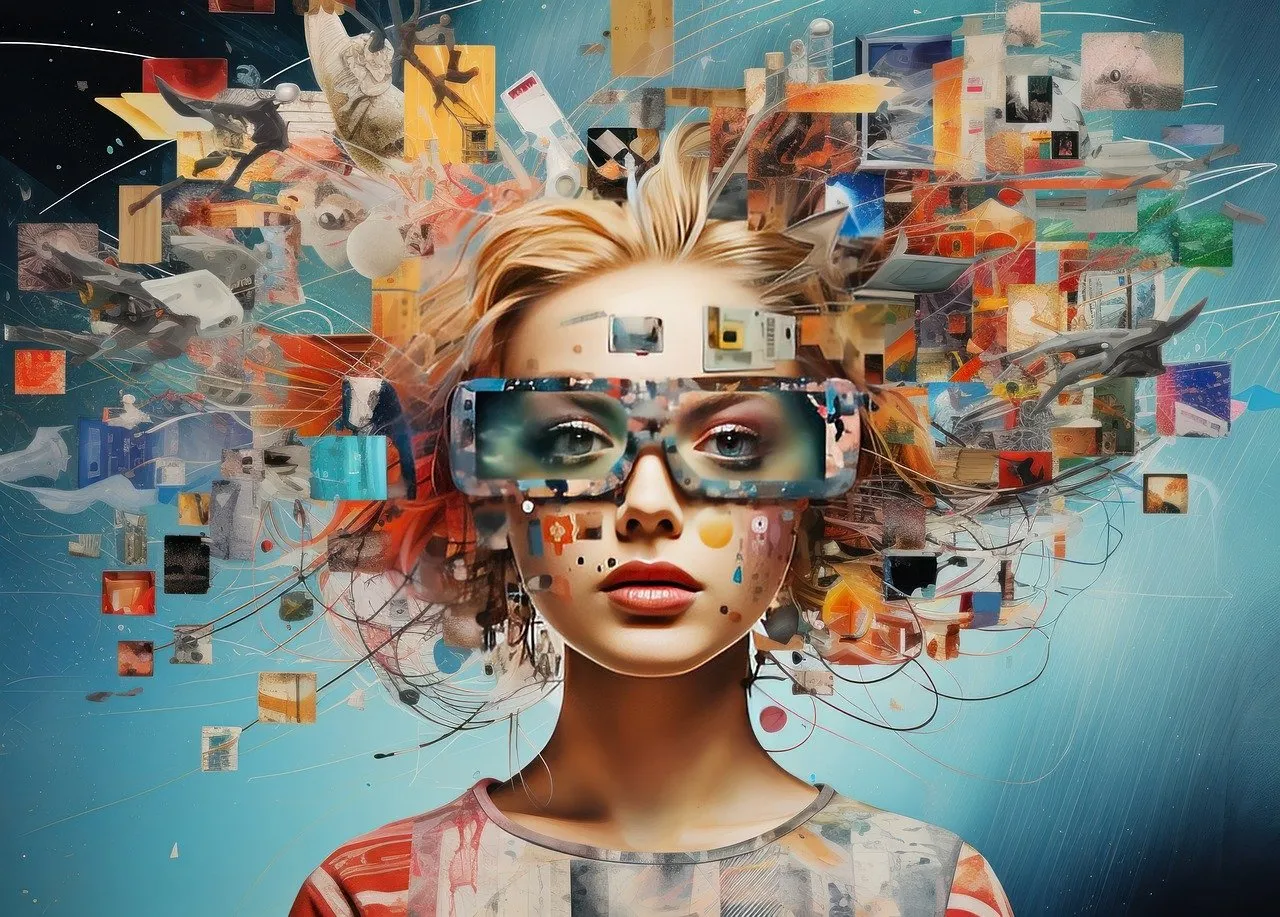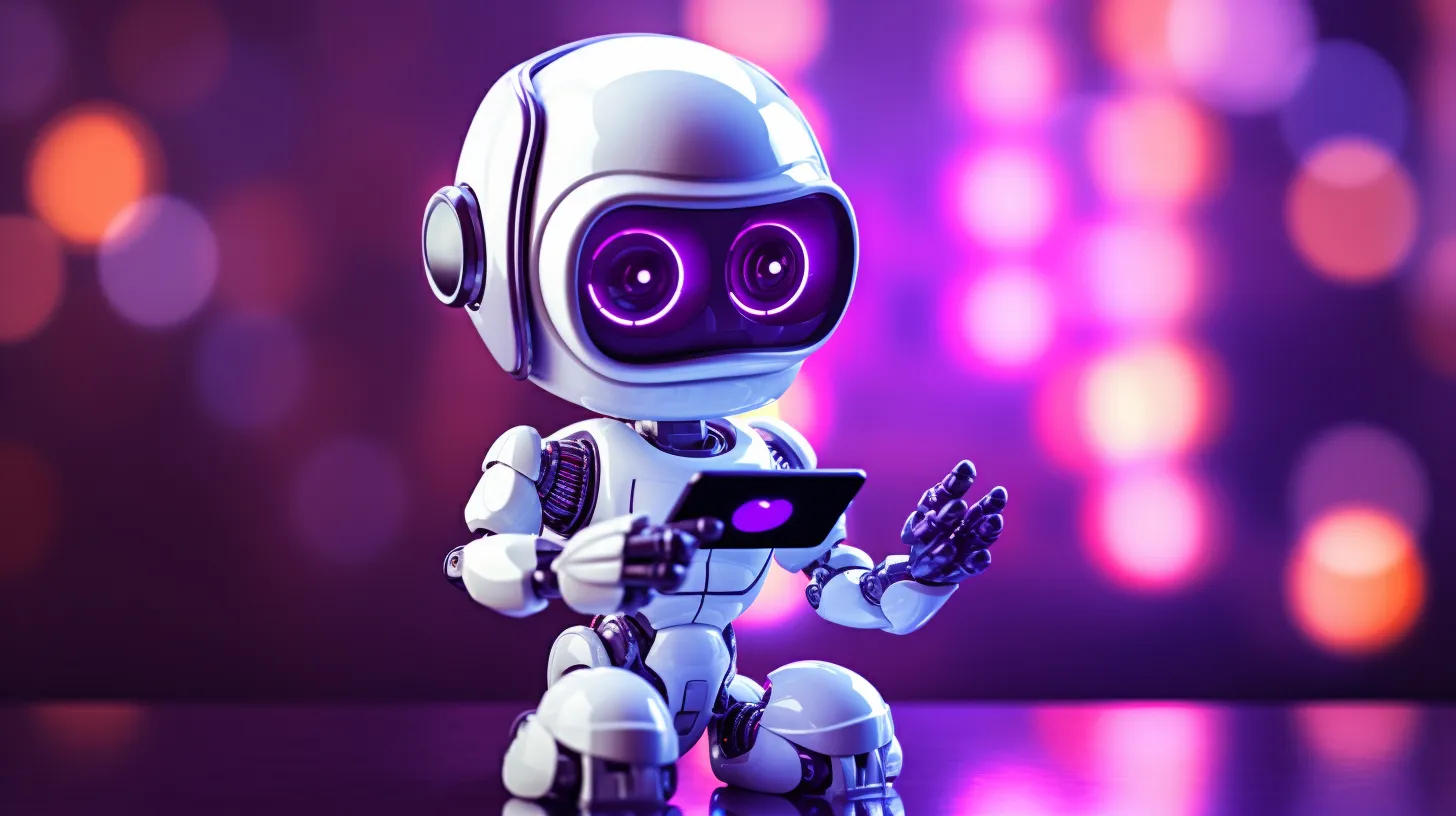Since the first generative AI programs hit the market in 2022, the internet has seen an unprecedented influx of AI-created visuals. OpenAI’s DALL-E 2, a leading image-generation model, alone has facilitated the creation of over 916 million images in just 15 months. These range from whimsical and absurd—like a figure of Jesus made of shrimp—to alarmingly deceptive images used in political propaganda or even financial scams, as seen in a recent case where a French woman was defrauded of €830,000 through AI-manipulated photos purportedly of Brad Pitt.

Identifying AI-Generated Images: The Devil is in the Details
The Challenge of Human Features
AI’s struggle with rendering human anatomy is often the most glaring giveaway. Imperfections in the portrayal of hands, eyes, and facial symmetry are common. For instance, AI may produce hands with an incorrect number of fingers or eyes that lack consistent reflections, giving them a lifeless appearance despite an otherwise realistic image.
Textual Inconsistencies
Distorted or nonsensical text is another hallmark of AI-generated imagery. From signs and billboards to product labels, AI often fails to replicate coherent words, instead producing gibberish that can range from mildly amusing to outright bizarre.
Lighting and Shadow Discrepancies
Artificial images frequently suffer from improper alignment of shadows and reflections, which do not match natural light sources. This often results in scenes that feel eerily perfect or unnaturally polished, akin to a scene from an animated Disney movie rather than real life.

Unnaturally Flawless Appearances
AI-generated images tend to display an uncanny perfection in textures and surfaces. The absence of natural imperfections typically seen in real photographs—like digital noise in low-light conditions or the nuanced pores of human skin—can also signal an image’s artificial origins.
Repetitive Patterns
Another sign of AI intervention is the repetition of elements within an image. Whether it’s nearly identical faces in a crowd or repeated background details, these patterns can often tip off the viewer to the image’s synthetic nature.
Beyond Visual Cues: Contextual Clues and Detection Tools
Even if an image passes the initial visual test, its context might reveal its artificiality. Objects out of place, incorrect historical details, or cultural mismatches are significant indicators. For those still in doubt, tools like reverse image searches can help trace an image’s origins, providing clues about whether it has appeared online previously.

As AI continues to evolve, the challenge of distinguishing real images from AI-generated ones becomes more complex. However, by paying close attention to the details and using available tools, it is possible to spot these digital illusions and understand their broader implications in our increasingly digital world. Whether it’s for personal knowledge or professional necessity, becoming adept at recognizing these signs is more important than ever.


